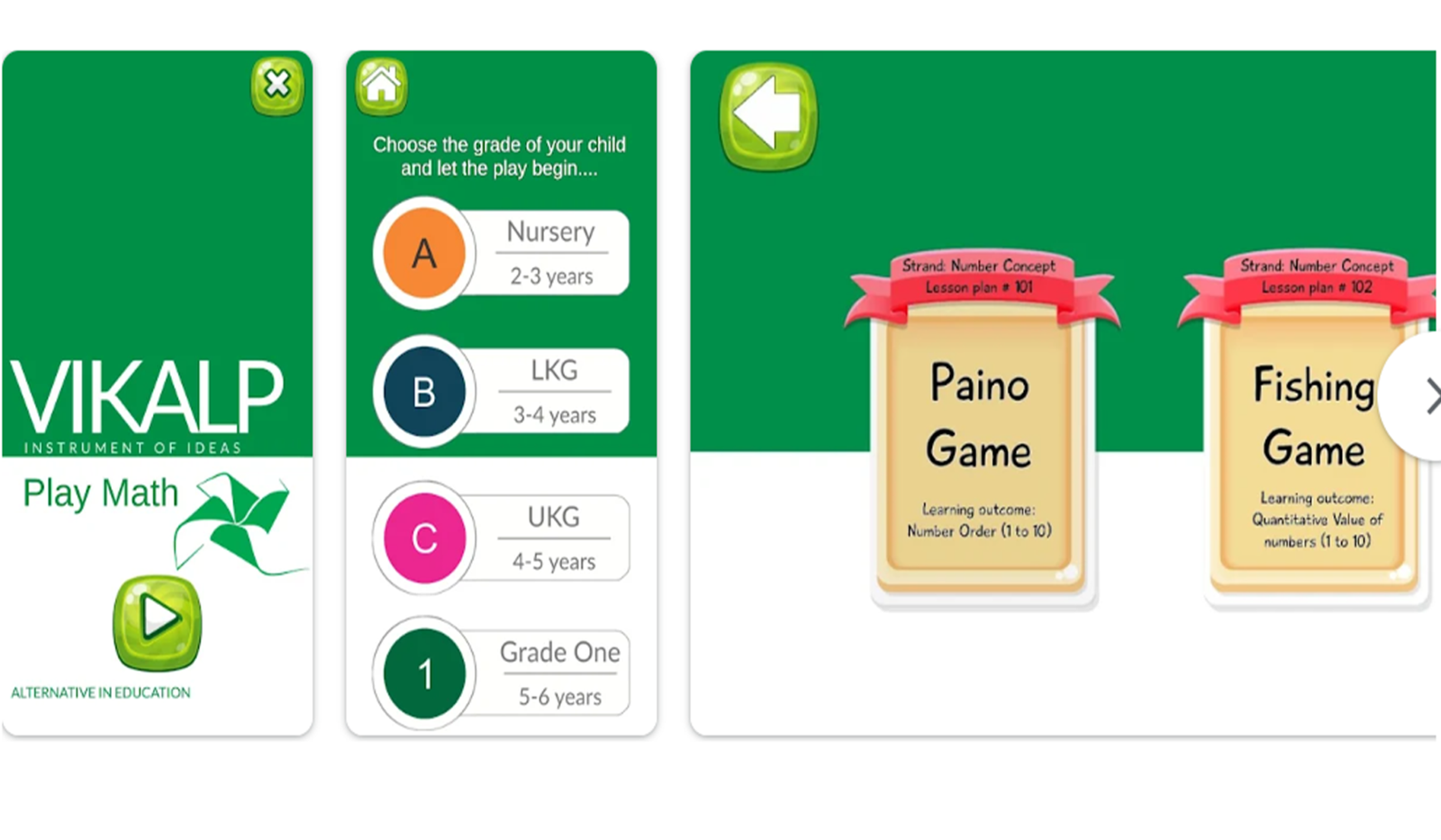Currently Empty: ₹0.00
Education
8 Smart Tricks Maths Worksheet for Class 3 Uses to Master Multiplication and Division
- August 14, 2025
- Chat 0

8 Smart Tricks Maths Worksheet for Class 3 Uses to Master Multiplication and Division
Discover 8 smart tricks a maths worksheet for class 3 uses to help students master multiplication and division. Make math easier and more fun for your child.
When you’re in Class 3, multiplication and division can feel like a big jump from just adding and subtracting numbers. But here’s the thing: it’s actually not that bad, especially if you’ve got the right tools to help you out. One of the best ways to practice these skills is through a solid maths worksheet for class 3.
These worksheets aren’t just pages of random numbers. They’re designed to slowly build up your confidence and help you actually understand how multiplication and division work. Let’s break it down and look at how these worksheets work their magic.
Why Multiplication and Division Matter in Class 3
By Class 3, you’re expected to know your times tables pretty well. That means multiplying numbers quickly and understanding how division is basically the opposite. These skills show up in every part of math going forward, from fractions to algebra. So, it’s super important to get good at them now.
What Makes a Great Maths Worksheet for Class 3?
Not all worksheets are equal. A good one will:
Keep things clear and not too cluttered
Mix up question types (like word problems and puzzles)
Focus on small steps that build up your skills
Have just the right level of challenge
Now let’s look at the smart tricks these worksheets use to help you master multiplication and division.
1. Starting with Patterns
Before jumping into big numbers, worksheets often start with patterns. Like skip counting by 2s, 5s, or 10s. This helps you spot the rhythm behind multiplication.
2. Using Arrays and Groups
Many Class 3 worksheets use pictures like rows of dots or groups of objects. This helps you see what multiplication means. If you know that 3 rows of 4 apples equals 12, you’re starting to understand what 3 x 4 really means.
3. Turning Word Problems into Real-Life Scenarios
Good worksheets use real-life situations. Like, “If Sam has 4 packs of stickers and each pack has 6 stickers, how many does he have in total?” These types of questions help you understand how multiplication and division are actually useful.
4. Introducing Division Through Sharing
Before you see 20 ÷ 4 on a worksheet, you’ll probably see something like: “Share 20 candies equally between 4 kids.” That’s a fun way to show what division really means.
5. Building a Strong Foundation with Times Tables
Some worksheets focus entirely on helping you memorize your times tables. They’ll mix up questions, offer fill-in-the-blanks, and repeat certain tables to make sure they stick in your brain.
6. Challenge Zones and Speed Drills
Once you’re getting better, worksheets add in speed drills. You have to answer 10 questions in under 2 minutes, or beat your last time. It becomes a game, and that makes learning exciting.
7. Mistake Busters and Self-Check Sections
Many worksheets now include a self-check answer key or a “spot the mistake” section. You learn not just by getting answers right, but by figuring out why an answer is wrong.
8. Step-by-Step Division Practice
Division can be tricky, especially when you’re dealing with remainders. A good worksheet will break it down. It might show a long division problem and ask you to solve each step separately.
Tips for Getting the Most Out of Your Worksheet
Do a little every day. Even 10 minutes of practice can make a big difference.
Talk it out. Explain your thinking to a parent or a friend.
Mix it up. Try both printed worksheets and online interactive ones.
Use colors. Highlight questions, underline key info, or color-code times tables.
Where to Find Great Maths Worksheets for Class 3
You can find free and premium worksheets at websites like Vikalp India, Education.com. Many of them also have games and quizzes to go with the worksheets.
FAQs About Maths Worksheet for Class 3
1. What should a Class 3 maths worksheet include?
It should cover multiplication tables, basic division, word problems, and visual aids like arrays and groups.
2. How often should I use a worksheet?
Try to do 3 to 5 worksheets a week. Regular short sessions are better than long, stressful ones.
3. Are worksheets better than apps or games?
Both are helpful. Worksheets help with writing and focus, while apps can make learning feel like play.
4. What if I find the worksheet too hard?
Start with easier problems or get help from a parent or teacher. It’s okay to go slow.
5. How can I make worksheet time more fun?
Use stickers as rewards, do it with a study buddy, or set a timer and try to beat your score.
6. Can worksheets help me with math tests?
Yes! They give you tons of practice and help you spot patterns in questions, which is super helpful during exams.
Final Thoughts
A maths worksheet for class 3 is more than just homework. It’s a powerful learning tool that helps you master multiplication and division step by step. Whether you’re just starting or trying to speed up your skills, the right worksheet can make a big difference. Just stick with it, stay curious, and remember—every math master started somewhere.

